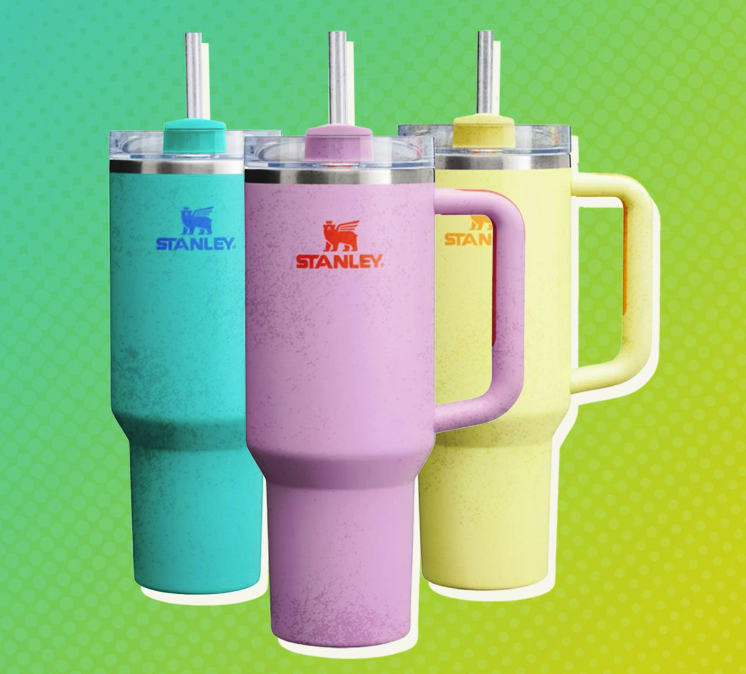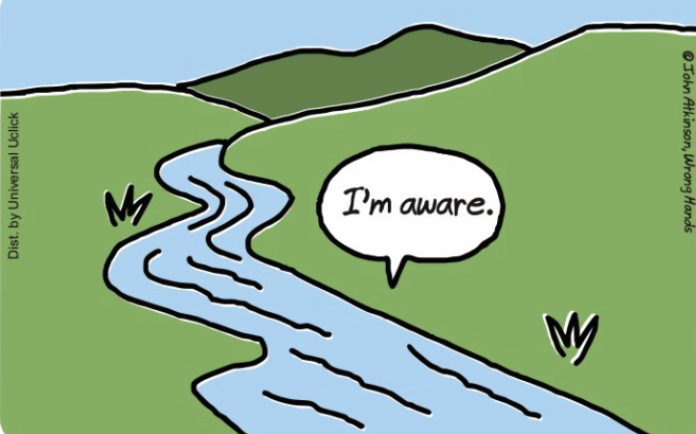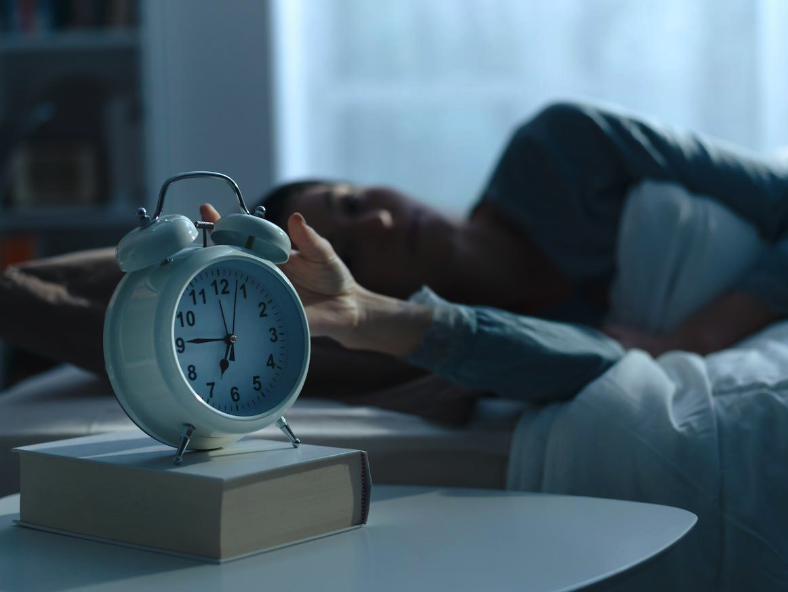I’ve started to see my closet as a collection. Instead of a cohesive wardrobe, it’s a chaotic assembly of forgotten trends and misplaced memories. The camouflage jeans I bought in sixth grade lay next to the Natural Life skirt that half of us owned in eighth grade. Yet after only a few months of wear, these pieces now pay tribute to the fallen trends of the 21st century. While trends inevitably change, my closet is rapidly transforming into a graveyard of those we’ve lost: the VSCO girl, the clean girl, the coastal cowgirl, and countless other trends that rapidly rise and fall from popularity. This realization has led me to a strange identity crisis: I wonder if the clothes I love are authentic to my own taste or if they’ve been chosen for me by the people around me, social media, and thoughtful marketing. Time and time again, I find myself falling victim to styles I once hated. It took mere days before I hopped on the denim maxi skirt trend, gave in to Aviator Nation, and began shifting away from my skinny jeans. That said, I don’t consider myself “trendy.” I gravitate toward sales racks, and I don’t mind being behind the trend curve. I make a conscious effort to push back against the influence of social media, yet I repeatedly fall short in a world where overconsumption has become so mainstream. I wonder, does originality even exist in fashion anymore, or has “personal style” become a moniker for mirroring the fleeting trends set and created by others? Are we truly expressing ourselves through clothes or merely keeping up?
While bell bottoms and tie-dye defined the ’70s and bold, neon prints characterized the ’80s, I doubt anyone could capture the 2020s fashion through a few dominating traits. Nothing sticks anymore. A new “microtrend”- a fleeting trend that rapidly gains and loses attention, completing the cycle far faster than a traditional trend would- appears every week, from tiny bows on everything to “Barbie-core” pink. Rather than specific silhouettes and patterns, platforms like Instagram and TikTok propel certain brands or products into the spotlight, accelerating the trend cycle at an alarming rate.
This goes beyond fashion, too. We’re constantly flooded with information we didn’t ask for about products we don’t need in areas like beauty and wellness. As seen in the past year, grown women, teens, and second graders alike flooded Target in search of Stanley cups. At first glance, the inconveniently large cup seemed unnecessary and slightly random, but through marketing that led to the product’s online popularity, everyone carried a Stanley. This phenomenon reflects a broader cultural trend: the overwhelming influence of social media and marketing on consumer behavior. And it comes at a cost. You can’t trust that every influencer isn’t being paid when recommending products, and at this point, it’s almost necessary to view everything as a potential advertisement. Every product is described as “the best I’ve ever tried” and something you “have to get.” Nothing is just good anymore. I miss just good, and I miss “does the job.” Instead, we face a constant battle when chasing the newest thing. For the last three weeks, I’ve been thinking about buying a new lip gloss, but amid the ever-changing landscape of trends and my persistent buyer’s remorse, this seemingly simple task has turned into an impossible challenge. A new lip product drops daily, and I’m exhausted by the idea of trying to find the “best” one. Instead, I surrender my efforts for glossy lips and dream of a day when I can keep up with this world of brands and influencers all trying to top each other.
This idea of chasing the best thing isn’t new. What’s changed is how we blindly follow the people we associate with these trends. Every time we click on a link or tap TikTok Shop, we’re buying into the lifestyle of an influencer and the version of ourselves that we wish to be, whether it’s a New York native with perfect blowouts or a party girl in Miami. Ultimately, this is how we’re influenced—through emulating someone we see as cooler, prettier, or better than ourselves. These trends and our ability to be so easily influenced are deeply rooted in our comparison with each other. It comes from insecurity and the idea that what we are right now simply isn’t enough. We don’t let our wardrobe evolve naturally; instead, we all pick the same idols and let them tell us what we like, so we never have to decide for ourselves. This is why we all dress the same and why seven-year-olds clad in Lululemon flood Sephora.
Even though it’s hard, I’m going to try my absolute best to think for myself when it comes to the things I buy. While I don’t feel that I have the grounds to give advice on this matter, I have a friend whose style I admire deeply. She explained to me that she developed her own sense of style from what she calls “found” items, leaning into the originality of the pieces she came across either in thrift stores or her grandmother’s old closet. Her rings hold stories from her travels, and she’ll wear a ribbon that was once tied to wrapping paper. By choosing the items that simply caught her attention, her closet is an eclectic mix of the things she loves. She explained that letting these staples find you is the only way to dress in a way that really feels personal. So I’m going to do just this: try to give up on the trend cycle and let my inspiration come from the world I experience.
Edited by Bethany Chern



